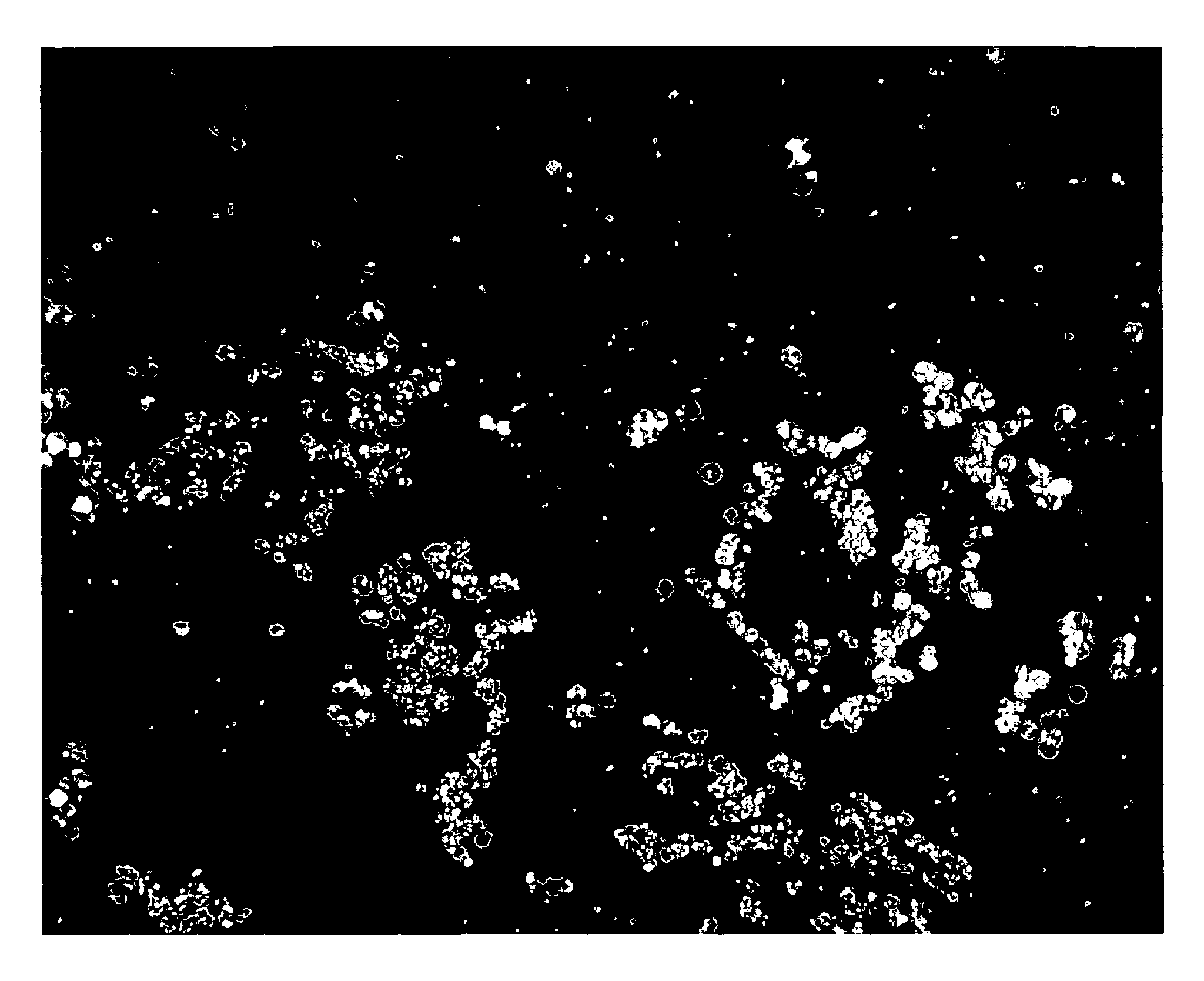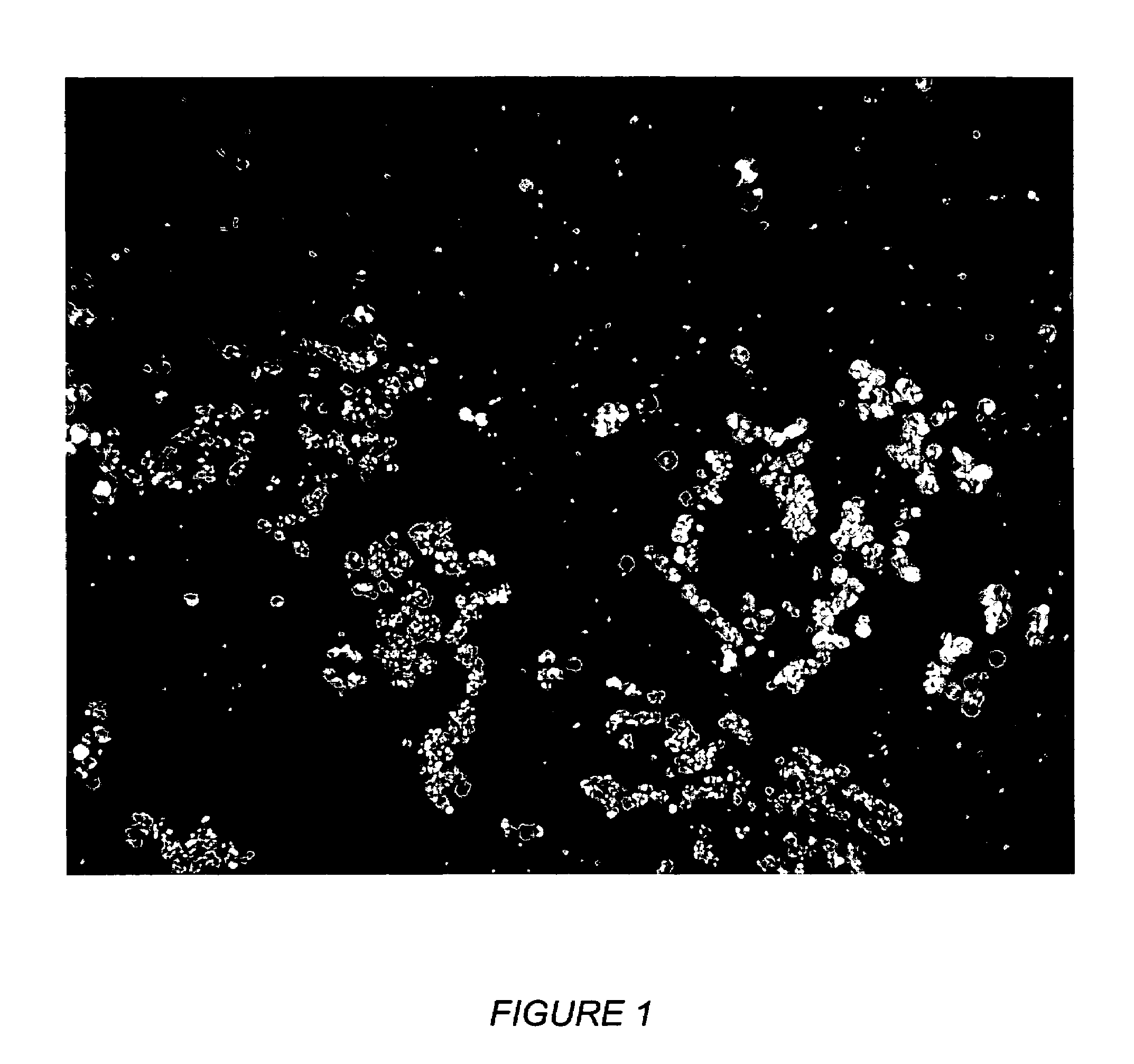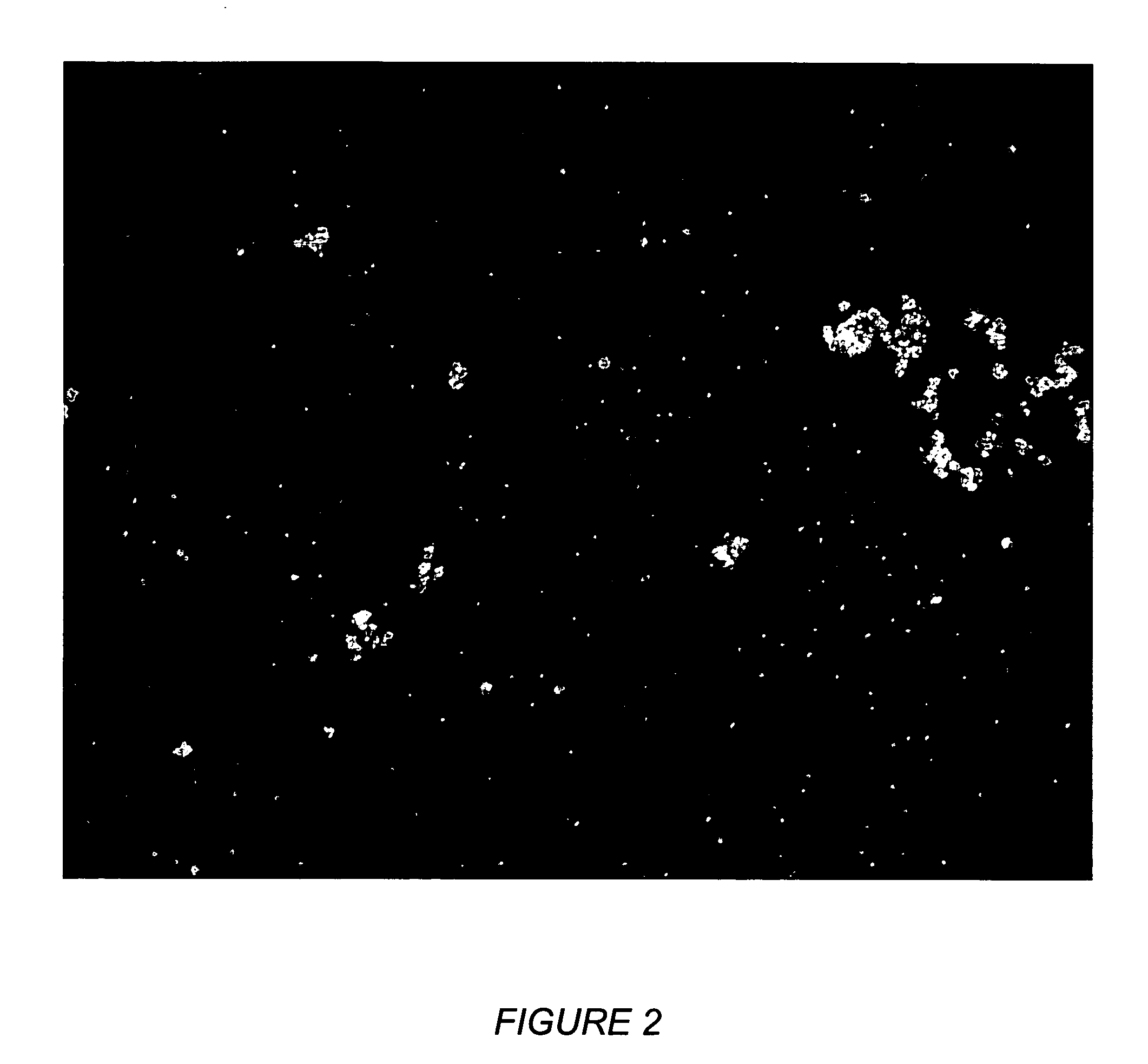Delayed coking process for producing free-flowing coke using polymeric additives
a coke and additive technology, applied in the direction of hydrocarbon oil refining, combustible gas coke oven heating, thermal non-catalytic cracking, etc., can solve the problems of increasing the coke removal step adds considerably to the throughput time and cost of the overall process, so as to facilitate the solubilization of additives, reduce the viscosity of resid, and low solubility
- Summary
- Abstract
- Description
- Claims
- Application Information
AI Technical Summary
Benefits of technology
Problems solved by technology
Method used
Image
Examples
examples
[0047]Tetronic and Pluronic polymers available from BASF Corporation were used to illustrate the present invention. These polymeric compounds were co-polymers of ethylene oxide and propylene oxide. The average molecular weight for each polymer additive was about 1500.
[0048]Polymeric additive compounds shown below were used in this example. These polymeric compounds are co-polymers of ethylene oxide and propylene oxide and are commercially available. The additive to the left is a Tetronic co-polymer and the one on the right is a Pluronic co-polymer available from BASF Corporation. The average molecular weight for each polymeric additive was about 1500.
[0049]2 gms of a Baton Rouge Refinery Vacuum Tower Bottoms were charged into a Microcarbon Reactor Test Unit (MCR). The resid was heated to 400° C. and held at 400° C. for 2 hours and the residue was analyzed gravimetrically. The resid was also run with the addition of 3000 wppm of the two above polymeric additives. Polarized light opti...
PUM
| Property | Measurement | Unit |
|---|---|---|
| pressure | aaaaa | aaaaa |
| temperatures | aaaaa | aaaaa |
| temperature | aaaaa | aaaaa |
Abstract
Description
Claims
Application Information
 Login to View More
Login to View More - R&D
- Intellectual Property
- Life Sciences
- Materials
- Tech Scout
- Unparalleled Data Quality
- Higher Quality Content
- 60% Fewer Hallucinations
Browse by: Latest US Patents, China's latest patents, Technical Efficacy Thesaurus, Application Domain, Technology Topic, Popular Technical Reports.
© 2025 PatSnap. All rights reserved.Legal|Privacy policy|Modern Slavery Act Transparency Statement|Sitemap|About US| Contact US: help@patsnap.com



